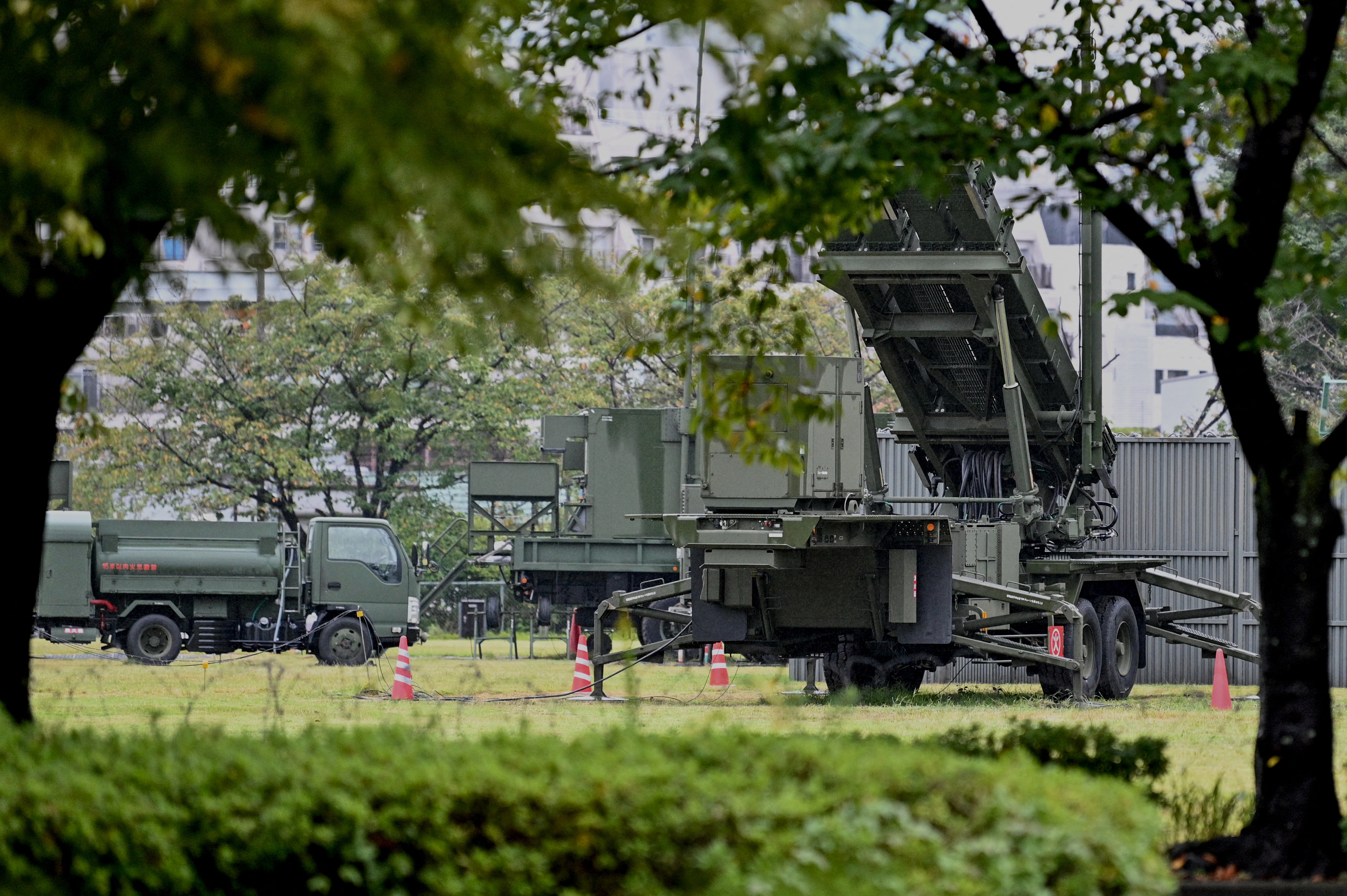
TOKYO - A US plan to use Japanese factories to boost production of Patriot air defense missiles is being delayed by a shortage of a critical component manufactured by Boeing, four sources said.
Japan's Mitsubishi Heavy Industries already makes about 30 PAC-3 missiles each year under license from defense contractor Lockheed Martin and can increase that number to about 60, two Japanese government officials and two industry sources told Reuters.
The US hopes to increase production from about 500 a year to more than 750 per year globally as soon as possible, a person familiar with the program said. But no expansion at all will be possible in Japan without additional supplies of the missiles' seekers, which guide them in the final stages of flight, the officials and industry sources said.
"It could take several years before MHI is able to raise output" because of the shortage, said one of the industry sources, who like the others declined to be identified because they are not authorized to speak to the media.
ALSO READ: US to prioritize Ukraine's need for advanced missiles by redirecting arms sales
The production snag in Japan shows the challenges Washington faces in plugging industrial help from its global allies into its complex supply chains.
Boeing last year began expanding its seeker factory in the United States to increase production by 30 percent, although the additional lines won't operate until 2027. The company did not say last year how many were produced, but noted it had just delivered its 5,000th.
A Boeing representative referred questions to Lockheed Martin, the prime contractor for the interceptor.
Lockheed Martin has said it is increasing its US output of Patriot interceptors from 500 to 650 by 2027. Each costs about $4 million.
ALSO READ: US to work with allies to give Ukraine additional Patriot air defense systems
Even if enough seekers are available, expanding annual PAC-3 production in Japan beyond 60 would require MHI to build more capacity.
In its 2022 plan to double military spending, Japan's government said it would offer financial help to defense companies that wanted to expand production. Those subsidies, however, only apply to equipment destined for the country's Self Defense Forces and not exports.
That means that MHI or the United States would have to stump up the money to pay for a new PAC-3 factory, which could cost tens of millions of dollars or more, one of the Japanese government sources said.
Japan's Ministry of Defense declined to comment. MHI declined to comment.
ALSO READ: US arms exports hit record high in fiscal 2023
A US defense official said a $4.5 billion contract signed in June with the US Army - the Patriot system's primary customer - marked the beginning of a ramp-up in production of both missiles and seekers.
Foreign and defense ministers from Japan and the United States are set to meet in Tokyo this month for talks that are expected to include deepening industrial cooperation on defense. The Patriot project is seen as a key part of that effort.
In December 2023, Japan eased military export rules to allow it to help replenish US Patriot missile stocks, which had been tapped to help Ukraine.
US Ambassador to Japan Rahm Emanuel, who called that a "historic decision", has been a leading proponent of deeper military industrial ties with Japan that could ease the strain on US defense contractors.
READ MORE: Russia says destroys 3 US Patriot air defense complexes
US President Joe Biden and Japanese Prime Minister Fumio Kishida agreed in April to deepen defense industry cooperation.
In an opinion piece published by the Wall Street Journal two months after that meeting, Emanuel described a shrunken US military industrial complex as a "weak link" that had been exposed by the Ukraine crisis and the Middle East conflict.


